According to the Bureau of Labor Statistics CPI report released on June 13th, Annual Inflation declined from 4.9% in April to 4.0% in May.
(but according to our calculations, it was from 4.93% to 4.05%.)
Monthly inflation was 0.25% for May 2023, compared to 1.10% in May 2022.
May 2023 Inflation Summary:
- Annual Inflation fell from 4.93% to 4.05%
- CPI Index rose from 303.363 to 304.127
- Monthly Inflation for April was 0.25%
- Next release July 12th 2023
| Jan | Feb | Mar | Apr | May | June | July | Aug | Sep | Oct | Nov | Dec | |
| 2022 | 7.48% | 7.87% | 8.54% | 8.26% | 8.58% | 9.06% | 8.52% | 8.26% | 8.20% | 7.75% | 7.11% | 6.45% |
| 2023 | 6.41% | 6.04% | 4.98% | 4.93% | 4.05% |
What the Media Says:
The media is reporting today that “Inflation slows more than expected in May”, however, if you looked at our Moore Inflation Predictor (MIP) last month, you wouldn’t be at all surprised… since the actual annual inflation rate was within the range of our projection (albeit at the low end). Our “extreme low” projection was 3.99%.
BLS Commentary:
The BLS Commissioner reported:
“The Consumer Price Index for All Urban Consumers (CPI-U) rose 0.1 percent in May on a seasonally adjusted basis, after increasing 0.4 percent in April, the U.S. Bureau of Labor Statistics reported today. Over the last 12 months, the all items index increased 4.0 percent before seasonal adjustment.
The index for shelter was the largest contributor to the monthly all items increase, followed by an increase in the index for used cars and trucks. The food index increased 0.2 percent in May after being unchanged in the previous 2 months. The index for food at home rose 0.1 percent over the month while the index for food away from home rose 0.5 percent. The energy index, in contrast, declined 3.6 percent in May as the major energy component indexes fell.”
On an annual (non-adjusted) basis inflation fell from 4.93% to 4.05%.
For several months in a row now, shelter costs have been the biggest contributor to inflation, but this month, Energy was the biggest help by falling significantly.
The following table shows the contribution energy (outlined in green) made on the May monthly data. On an annual basis, shelter is up 8.0%. Food is up 6.7% (it makes up a little over 13.5% of the CPI total). But Energy is down -11.7%.
It is also important to remember that even if the inflation RATE is falling… prices are still going up, i.e., prices are almost 5% higher than they were a year ago. At 4.93% annual inflation, prices will double in roughly 14.6 years.
Although the numbers are slightly different than those presented by the BLS, the following chart from the Federal Reserve shows the gap between inflation with and without Food and Energy. So we can see how much food and energy are contributing toward overall inflation. If the blue line is above the red line, food and energy are adding to the overall inflation rate. But if blue is below red, they are actually mitigating overall inflation. Looking at the red line, we can see that without the downward pressure of Energy prices, inflation would be over 1% higher. Actually, only energy is pulling inflation down, food is actually up 6.7% since last year. So, without energy but with food, the red line would be even higher.
Source: St. Louis FED
One reason overall energy prices are down over the last year is that the government has been flooding the market with cheap oil by depleting our strategic petroleum reserves. But at some point, they are going to have to replace those reserves (perhaps at much higher prices).
Note: Reserves would have started at much higher levels had Democrats not refused Trump’s request to increase reserves when oil was super cheap.
In this chart from the U.S. EIA, we can see the extent of the recent strategic petroleum reserve drawdown compared to those of Desert Storm, various hurricanes, and other supply disruptions. The recent draw-down dwarfs all of the others combined. Unfortunately, the E.I.A. is always a couple of months behind in updating its chart. As of March, the SPR was down -43% from 2020 levels which was already below 2010 levels. From January to February, it was unchanged, so we were hoping that they had halted the drawdown. But although it doesn’t show in the chart, March levels were 404,000 barrels below February levels.
Inflation Chart since 1989
Beginning in 1989, the longer-term trend was downward until 2021.
(Note the declining “previous resistance” line.) But… Early in 2021, inflation started spiking and quickly broke through the channel’s top and then exceeded the pink previous resistance line with barely a hiccup as it passed through. Now inflation has crossed back down into that channel (with April generating the hiccup this time).
FED Actions
For two years, we said FED assets would go to $9 Trillion… and they almost got there. Then finally, the FED got its act together and started tightening, resulting in roughly a 2/3 Trillion decrease (QT2). But then a banking crisis broke out in California, and the FED jumped it back up, wiping out roughly 38% of the gains they made. Since then, the FED has been decreasing assets again, almost making it to the level prior to the bank scare.
See more commentary on FED Actions here, here, and here.
Monthly Inflation Compared to Previous Years:
In the chart below, we can see how the monthly inflation compares between 2019 (light green), 2020 (light blue), 2021 (pink), 2022 (red), and 2023 (orange). We can see that virtually every month in 2021 was above the corresponding month in 2020, but in 2022, April and July-December were below 2021’s level.
In 2023 so far, January and April were only slightly lower than in 2022, February was considerably lower than in 2022, and March and May were massively lower than in 2022. We are expecting another massive decrease for June, and then the rest of the year could be very disappointing for those expecting lower inflation.
Not Seasonally Adjusted Monthly Inflation Rates
Note: January 2022’s 0.84% was the highest January since 1990. June was the highest June since 1941 (although the first quarter of 1980 had some higher rates). Typically, June is the beginning of lower monthly rates.
| Jan | Feb | Mar | Apr | May | Jun | Jul | Aug | Sep | Oct | Nov | Dec | |
| 2016 | 0.17% | 0.08% | 0.43% | 0.47% | 0.41% | 0.33% | (0.16%) | 0.09% | 0.24% | 0.12% | (0.16%) | 0.03% |
| 2017 | 0.58% | 0.31% | 0.08% | 0.30% | 0.09% | 0.09% | (0.07%) | 0.30% | 0.53% | (0.06%) | 0.002% | (0.06%) |
| 2018 | 0.54% | 0.45% | 0.23% | 0.40% | 0.42% | 0.16% | 0.01% | 0.06% | 0.12% | 0.18% | (0.33%) | (0.32%) |
| 2019 | 0.19% | 0.42% | 0.56% | 0.53% | 0.21% | 0.02% | 0.17% | (0.01%) | 0.08% | 0.23% | (0.05%) | (0.09%) |
| 2020 | 0.39% | 0.27% | (0.22%) | (0.67%) | 0.002% | 0.55% | 0.51% | 0.32% | 0.14% | 0.04% | (0.06%) | 0.09% |
| 2021 | 0.43% | 0.55% | 0.71% | 0.82% | 0.80% | 0.93% | 0.48% | 0.21% | 0.27% | 0.83% | 0.49% | 0.31% |
| 2022 | 0.84% | 0.91% | 1.34% | 0.56% | 1.10% | 1.37% | (0.01%) | (0.04%) | 0.22% | 0.41% | (0.10%) | (0.34%) |
| 2023 | 0.80% | 0.56% | 0.33% | 0.51% | 0.25% |
See: Monthly Inflation Rate for more information and a complete table of Unadjusted Monthly Rates.
Misery Index
Unemployment was up slightly, but with Inflation’s massive decrease, the Misery Index fell from 8.33% to 7.75%.
[Read More on the Misery Index…]
NYSE Rate of Change (ROC)
In February 2023, the NYSE- ROC crossed back above its 12-month moving average, generating a BUY Signal…
This month we’ve received confirmation that the signal was real in that the index has crossed back above the zero line. Of course, the market could easily take a break for the Summer moving sideways for a while, or something unexpected could happen, but at this point, it certainly looks like the market is recovering.
The NASDAQ is doing much better than the NYSE at this point.
For more information, see NYSE Rate of Change (ROC) and NASDAQ ROC Chart.
You Might Also Like:
From InflationData.com
- Default by Inflation
- Is There an Optimum Growth Rate of Money?
- Can the Dollar Retain Its Ultimate Currency Status?”
- What are “Sticky Prices” and Why Do They Matter?
- The 3 Major Causes of Bank Problems
- Central Banks Respond Differently to the Banking Crisis
From Financial Trend Forecaster
- NYSE ROC Chart
- NASDAQ ROC Chart
- Is it Really Paranoid to Worry about a Central Bank Digital Currency?
- Commercial Banks Suffer Along With Commercial Real Estate
- Big Move Coming in Stocks
- The Bullish and Bearish Cases in the Market
From UnemploymentData.com.
- Construction Consultants: What Are They and How to Work With Them
- Yet Another Month of Questionable Federal Jobs Data as 310,000 Fewer People Report Having Jobs
- May Employment and Unemployment Up?
From Elliott Wave University
- Market Outlook May 31, 2023
- Where is the Market Headed in May 2023
- Is a Pension Fund Crisis Next?
- Corporate Bonds: “The Next Shoe to Drop”?
- Silicon Valley Bank, Silvergate and “The Everything Bust”
From OptioMoney
- Simple Ways to Improve Your Relationship with Money
- Smart Ways to Avoid Financial FOMO
- How Buying a House Affects Your Finances
From Your Family Finances
- Preparing for Retirement: What Is a Gold IRA?
- What to Do When You Need a Loan Modification
- Important Tips for Managing Your Family Debt
- 6 Tips for Saving Money on Home Repairs
- How to Sell Your Home Quickly Without Sacrificing Profit

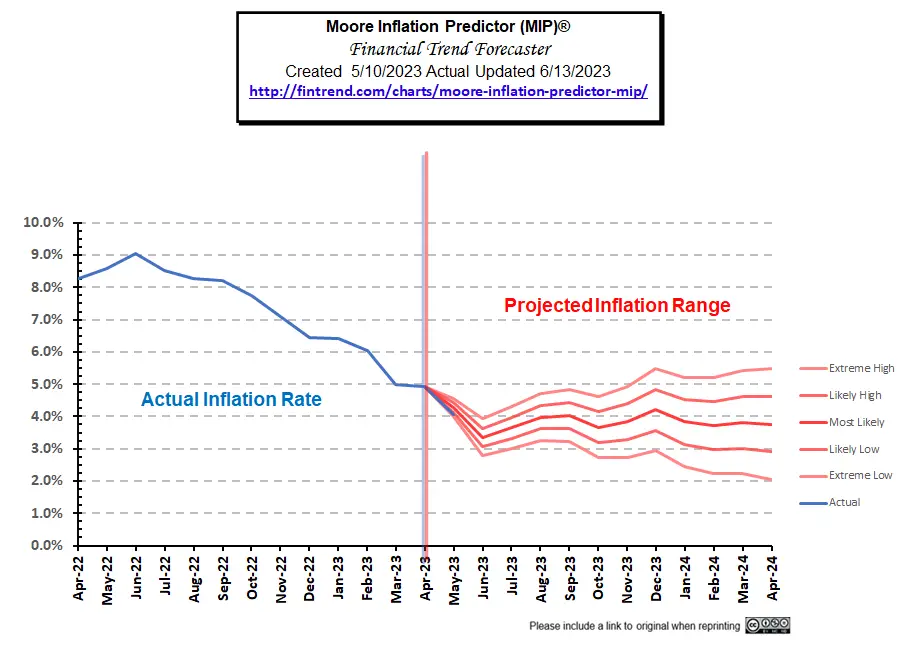
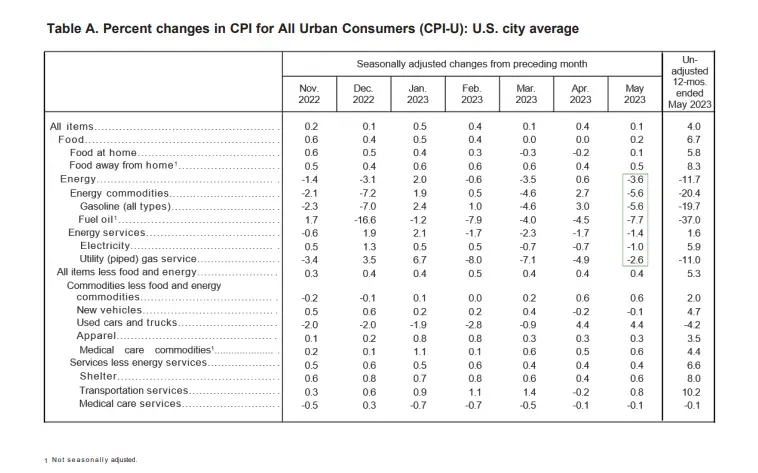
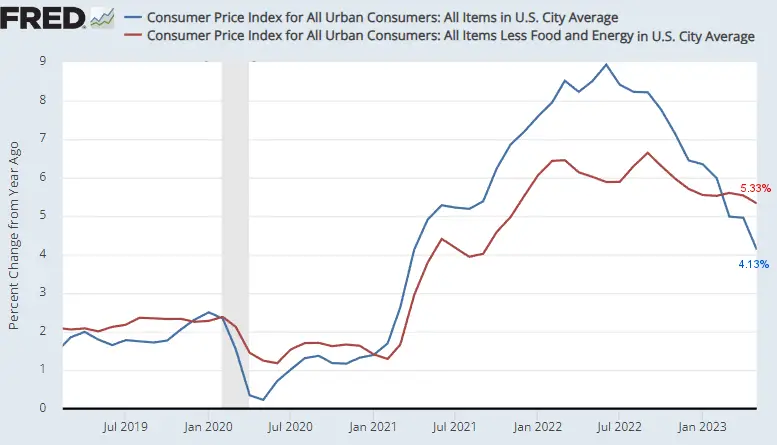
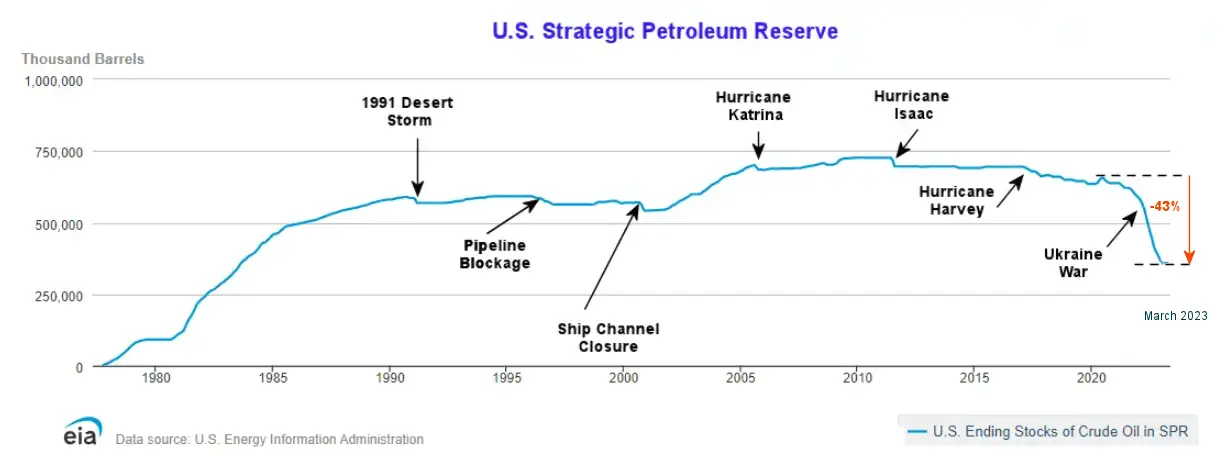
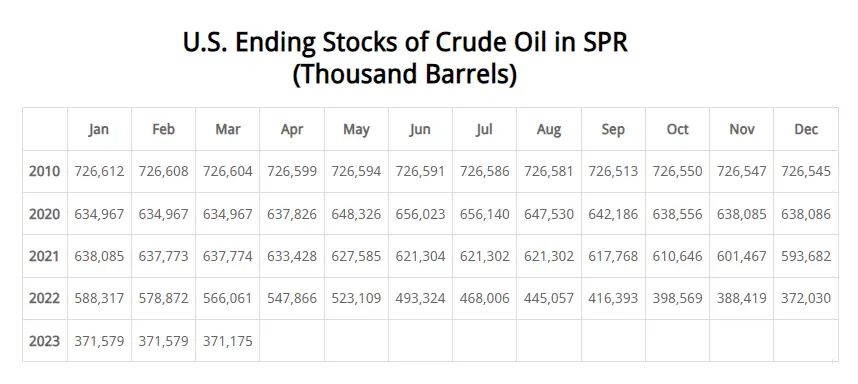
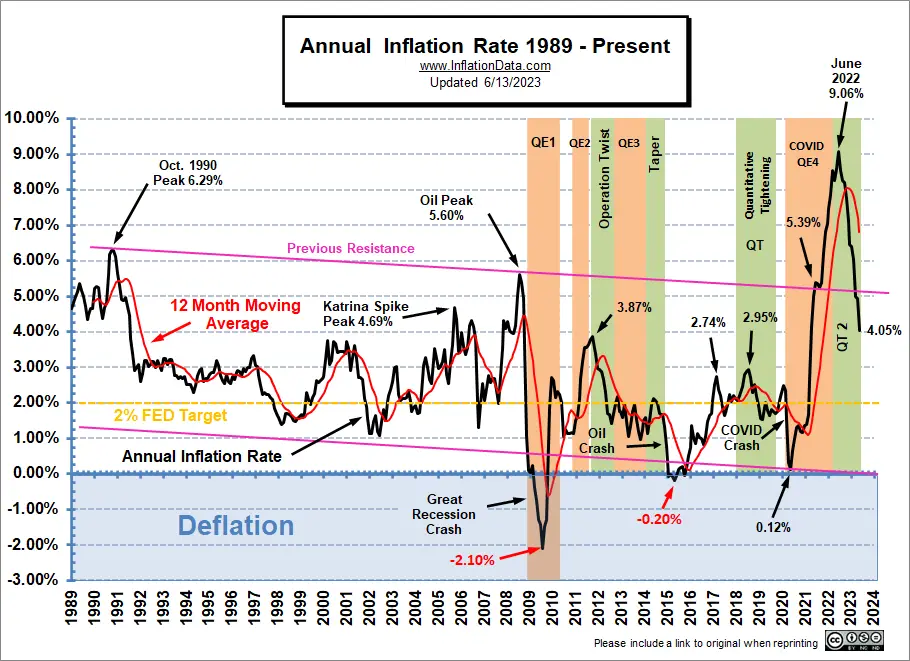
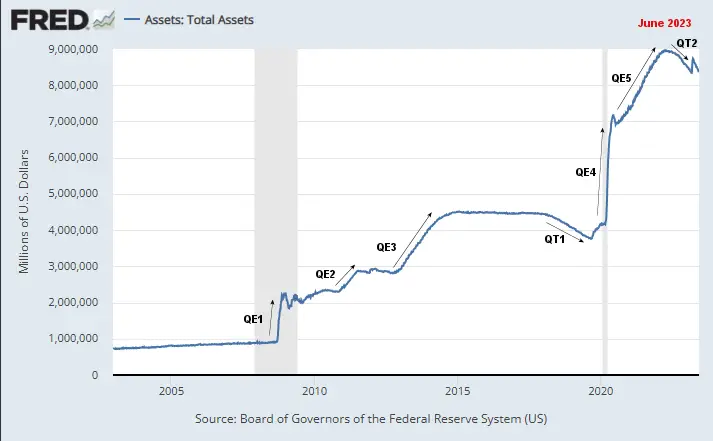
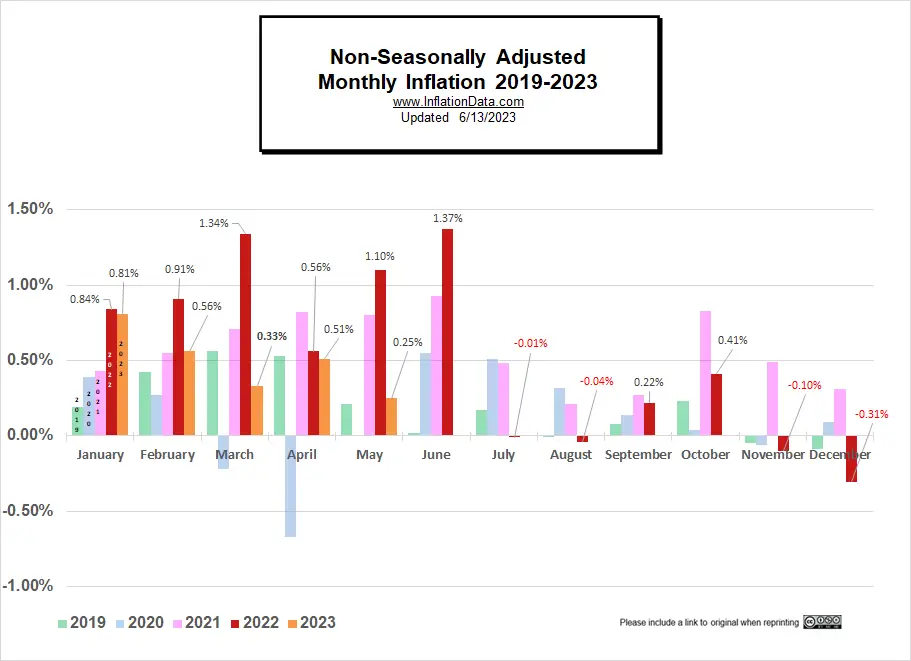
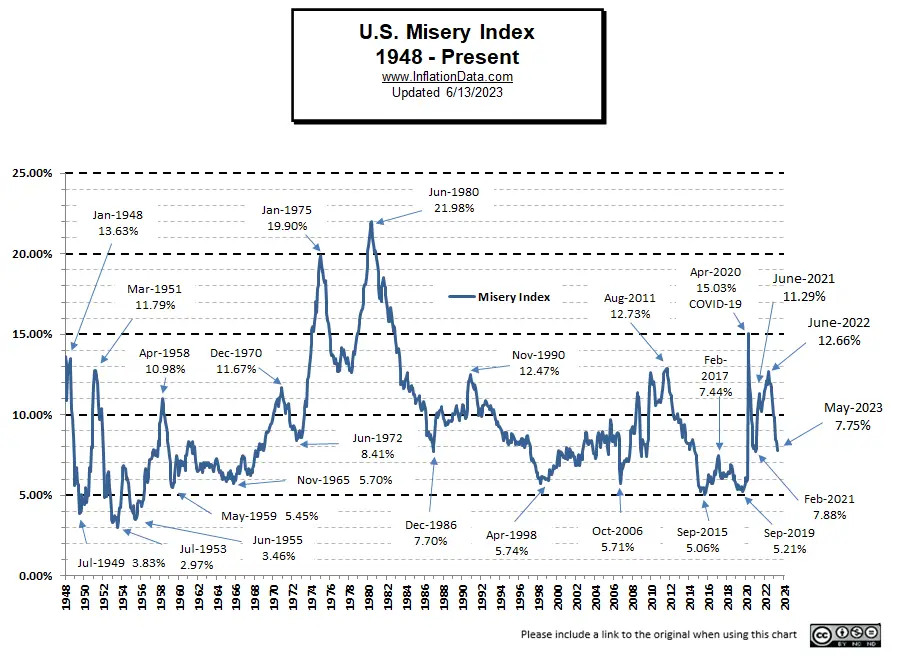
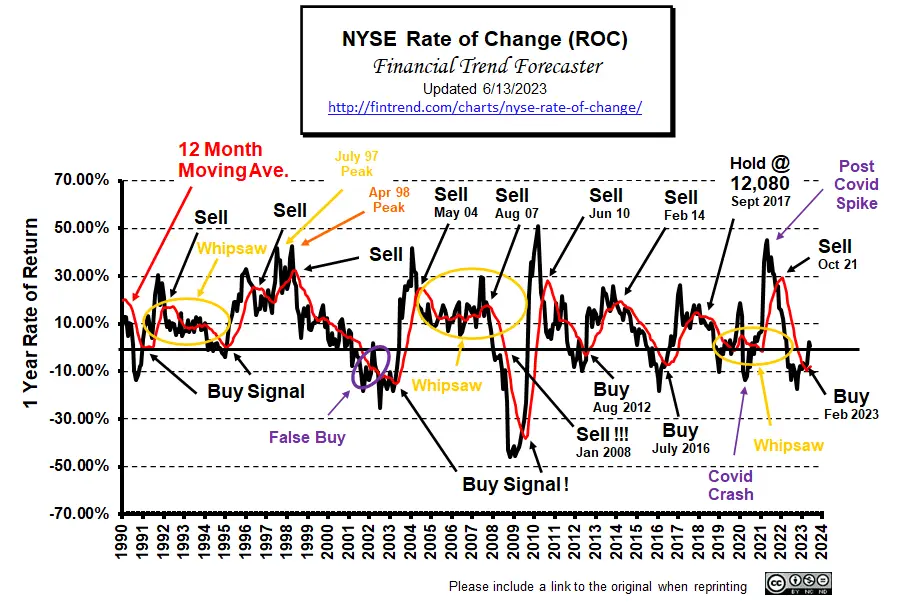

Leave a Reply